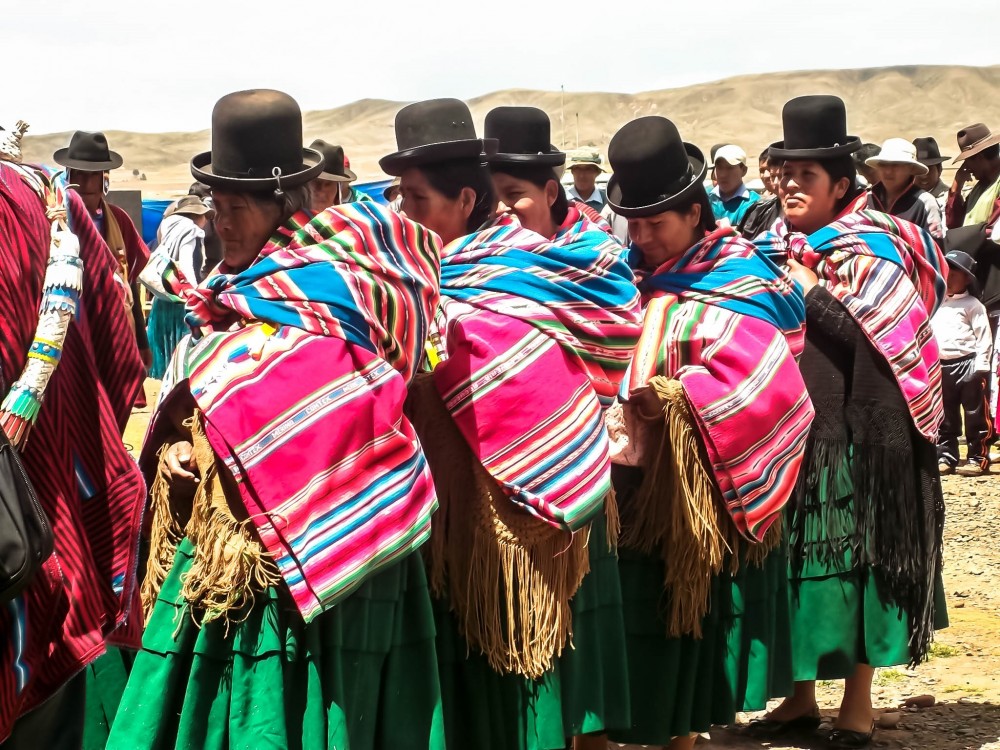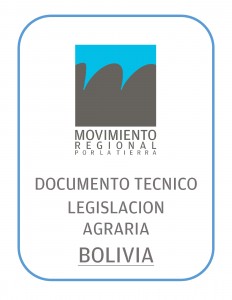Shadow Report on Women’s Land Rights in Cambodia - Analysis of the status of compliance with CEDAW articles 14, 15 and 16
ABSTRACTED FROM THE EXECUTIVE SUMMARY: Following such collection and compilation of relevant information on issues of women’s land rights, this report begins by introducing the centrality of the issue of women’s land rights, the developments in this context, and the remaining challenges with respect to complying on Articles 14, 15 and 16 of the CEDAW on the particular issue of women’s access to land and related resources. This is followed by recommendations for various key actors who are involved in ensuring the related compliance.



